The University of Southampton wasn’t always the Russell Group Higher Education Institution we know today. It was founded back in 1862 as the Hartley Institution. Due to money shortages and somewhat of an identity crisis, it didn’t start operating until September 1863, nearly a whole year later. And what exactly was it offering? The library and reading room were open to members from 10am to 9pm on weekdays, and the museum from 11am-4pm. The latter was also open free to the general public on three week days and at a charge of 6d on the other days.
A course of public lectures was arranged plus some evening classes in chemistry and French. The principal, Francis Bond, taught the chemistry himself, and M. Louis de Briffont was engaged as a part-time teacher for French. The Institution initially had 531 members; this quickly rose to 694. The evening classes, however, were not successful and the public lectures failed to pay their way. Hartley was competing against both the Athenaeum and the Polytechnic Institute which offered lighter lectures and more popular music at a cheaper price. In addition, by 1865 the library still only had 5,000 volumes.
It was clear it was essential to improve the financial situation, but what was to be done? Fortuitously, a significant opportunity came the way of the Institution respecting daytime teaching classes. In India, at this time, the Government was developing the communications network and training was required for young Englishmen as engineers and telegraphists in the Indian Public Works Department. Four years earlier, the Hartley had secured recognition as an approved establishment for instruction in this area and so was perfectly positioned to seize the opportunity. In 1867, the School of Art was taken under the Institution’s wing to save it from extinction; this action had huge significance, as we shall soon discover.

At last we have some progress! Albeit not in the direction originally resolved, as it was the college side which was developing relatively rapidly rather than the cultural centre. The day classes throve: in 1868 there were six students, all telegraphists; this had risen to 17 before the end of the year. And by 1870, there were 70 students, most, but not all, engineers or telegraphists. The Institution received excellent examination results and the staff was expanded to several full time appointments. The day time courses were split into two departments: Science (mainly engineering) and General Literature, in addition to the Department (formerly School) of Art.
Building work was undertaken including a new premises for the School of Art, 3 classrooms, a new museum and art gallery. The old museum was converted to expand the library. The interior decorating, uncompleted in 1862 due to lack of funds, was finally completed in 1871. The expansion could be viewed as piecemeal and shortsighted, and it was criticised as such at the time. But what went unrecognised by the critics was the degree to which Hartley Council was obliged to live in this hand to mouth: the finances permitted nothing else.
By 1871, the Institution looked to be in a promising position. If you scratched the surface, however, it became apparent it was neither secure financially nor in receipt of public support. Sadly the early successes were short-lived and, as we move into a new decade, problems developed. The number of subscribing members declined; the public lectures got smaller and were stopped in 1871. That same year, a college was built near Winchester to provide technical training for the Indian Public Works service. Engineers and telegraphists formed the core of Hartley’s students and now the Institution had a significant competitor for their recruitment.
A further issue was public support, or more accurately, lack of. The old argument – “college” versus “institution” – resurfaced. Members of the Town Council and other leading citizens felt the main focus of the Institution should be on the library and reading room and most wanted this provision freely available to the townspeople in general. They thought this could be achieved by ceasing spending on new buildings and suspending the classes. In 1869 more than 500 people signed a memorial asking for a free reading and newsroom. One of the key bugbears of the Institution party was that many of the day students came from outside Southampton. Not only this, but they had a reputation for rowdy and inconsiderate behaviour. Having no common room, they congregated in the library and reading room before and after lectures. Commentators describe how they:
Burst unceremoniously into the room like an incursion the barbarians of old-some whistling, others humming, singing, or strumming on the tables, all talking, and knocking their sticks, hats and umbrellas about, so as to make a miniature Babel.
Whiled away the time in indolently lounging about the reading room, lolling on the table with their feet resting on the chairs, and by loud talking and laughter.
Temple Patterson, University of Southampton, p. 43
Relations with the School of Art had been simmering for some time. They came to a head in 1872. The Art master Baker still regarded himself as the head of an independent institution, which happened to be housed under the same roof. Baker and the Principal, Francis Bond, fell out: there was a bitter quarrel between the two men, to the discredit of all involved. The Charity Commissioners were called in to hold an enquiry into the past management and to discover an efficient and harmonious way forward. Hartley’s governing body was replaced with a new Council with full control over the Institution, which, after failing to resolve matters with Baker, dismissed him. The issue was finally settled but at what cost? The Institution’s reputation was in tatters, the influx of “outside” students dried up and the day classes were a shadow of their former selves. Bond resigned in April 1873.

As we move into the mid-1870s, the number of day students dwindled. As did the number of subscribing members: since the library, reading room and museum had been made free to the general public, the advantages and attractions of subscription were much reduced. Several other members of staff left and the new principal, Blackader, was not happy in his post.
By 1875, however, affairs if not successful, were at least settled. The balance of emphasis had shifted slightly from teaching to the institutional side; expenditure on library increased and the book stock was extended. Efforts were made to improve the museum. With a rise in evening students from 1875 onwards and public lectures again attempted in 1878, the Institution found itself in a much improved financial situation. Feelings of suspicion and hostility still existed in the town but the tide of public opinion was changing.
Those few students whose homes were at a distance from Southampton were usually taken as boarders by members of staff. One of these, in fact perhaps our most distinguished Old Hartleian, was F.W.Lanchester the mathematician and engineer who worked in automotive engineering and aerodynamics.
In the country generally at this time, there was a growing desire for enlarged scientific and technical education and the development of medical schools. The Hartley Institution, on strength of examination results, could claim to be one of the country’s foremost schools of science. It was refused a government grant due to its lack of adequate teaching staff and representative governing body. As we move into the 1890s, there began a drive to develop the institution primarily as a college for higher technical education with the ultimate aim to secure recognition as a university college. Some problems from the late 1860s/early 1870s repeated themselves: namely inadequate capital and badly situated buildings which made it difficult to expand both the facilities and the staff.
In May 1893 Sir Philip Magnus carried out a thorough inspection of the Institution. The time had come to choose between the cultural centre and teaching college, he said, and put forward that it was the path of development as a college “meeting the increasing demands for popular and industrial education” which must be chosen. More purely cultural objects need not be entirely lost sight of and the museum and library should be preserved as valuable aids to higher teaching. Magnus suggested the Institution should aim to supplement and advance the education given in secondary schools; advanced day instruction and evening teaching, chiefly technical and commercial. It should aim to make its daytime instructions serve the whole country while its evening classes should be more local in scope.
It was suggested that the institution only employ full time people with adequate salaries; this would secure qualified people who could devote whole working time to teaching. All candidates for the day courses were required to pass an entrance examination. Despite the founder’s intentions the “college idea” had finally triumphed and the Hartley Institution was presently to become Hartley College. In July 1896 six new appointments were made: this core staff claimed to be adequate for the teaching of university subjects plus a complete scheme of technical education.
From the beginning of the session of 1896-7 a new era in the history of “the Hartley” began and it changed its name from “Institution” to “College”. The library and museum, although still open to the public, altered their orientation and became adjuncts to academic work. The first BSc was gained in 1896 followed by two more in 1897 and the first BA in 1898.
Up until now, students from outside Southampton had boarded with members of staff. But in the 1899-1900 session the first hall of residence, Bevois Mount House in Lodge Road, was created for the female day training students. A full time Lady Superintendent, Mrs Bland, was appointed.
In November 1901 the University Colleges’ Grants Commission inspected the institution and in the autumn term 1902, the Hartley was officially made a University College. After a somewhat troubled start, the Hartley had found its place and purpose in the world and these new beginnings saw many years of achievement and success. While still worlds apart, the Hartley has started to resemble something like our present day University. As we move into a new millennia, our next post in this series will look at student life at Southampton in the early twentieth century.
















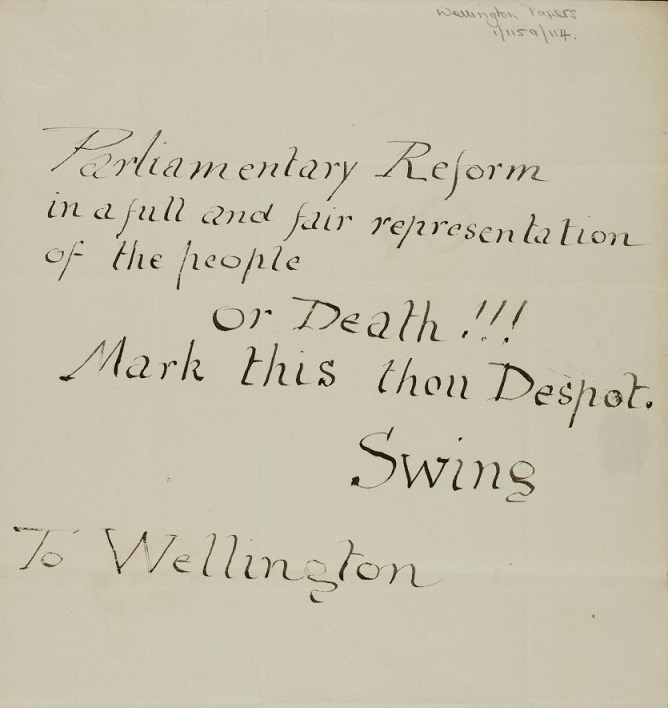
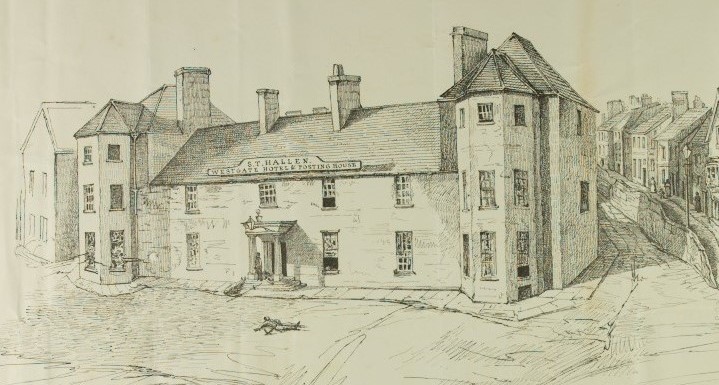
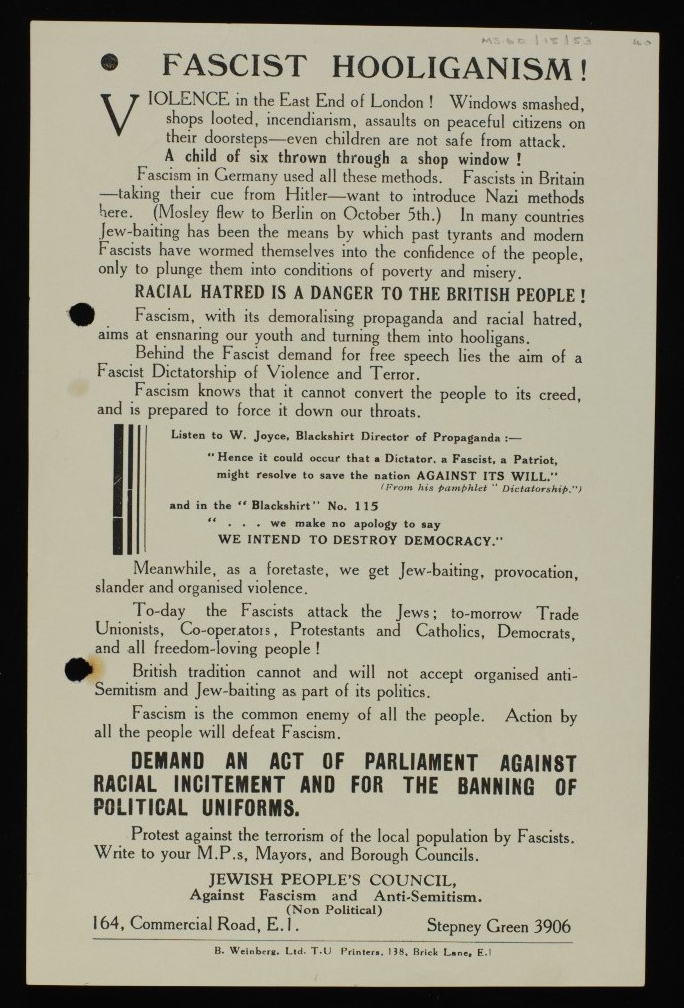
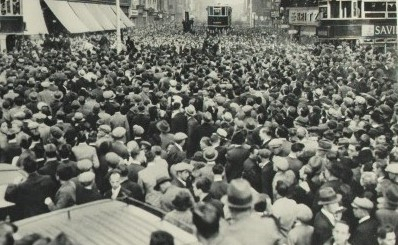
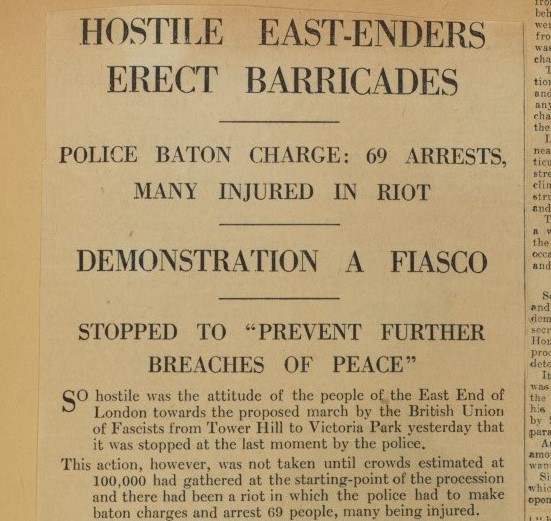
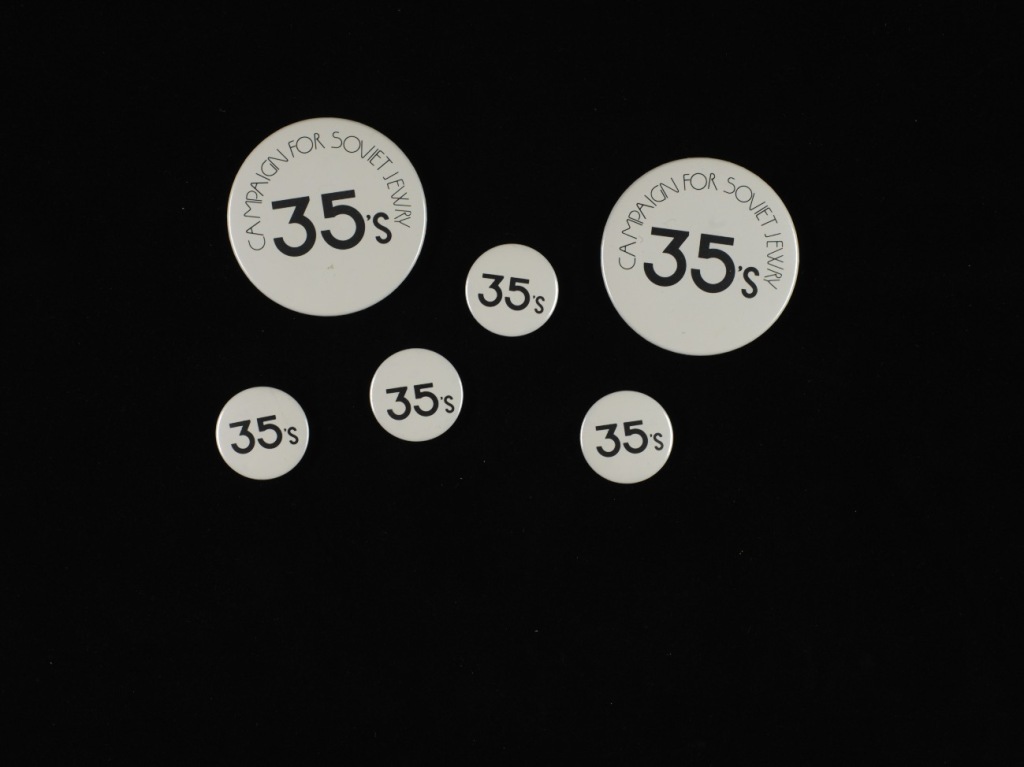


![Men's football team 1956-7 [MS1/7/291/22/4]](https://specialcollectionsuniversityofsouthampton.files.wordpress.com/2020/07/picture5.jpg?w=451)
![Amistad Journal [MS404 A4171/6/1/1 Folder 1]](https://specialcollectionsuniversityofsouthampton.files.wordpress.com/2020/02/ms404_a4171_6_1_1_f1_amistad_journal.jpg?w=621)

![Photograph of Edwina Ashley showing examples of 1920s jewellery and makeup [MS62 MB3/63]](https://specialcollectionsuniversityofsouthampton.files.wordpress.com/2020/01/ms62_mb3_63_1920s.jpg?w=751)
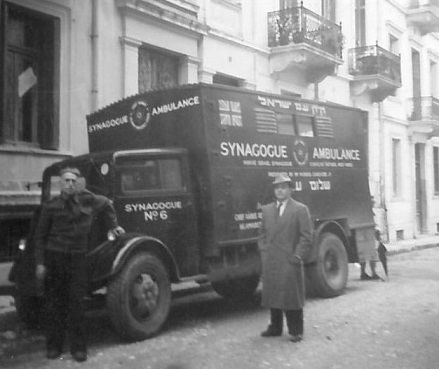

![Men's football team, 1953-4 [photo_MS1_7_291_22_4] Men's football team, 1953-4 [photo_MS1_7_291_22_4]](https://live.staticflickr.com/65535/50089268168_f26eed63ef_s.jpg)
![Women's rowing team, 1961-2 [MS1_7_291_22_4] Women's rowing team, 1961-2 [MS1_7_291_22_4]](https://live.staticflickr.com/65535/50090079577_3b7acbde42_s.jpg)
![Men's rugby team, 1953-4 [MS1_7_291_22_4] Men's rugby team, 1953-4 [MS1_7_291_22_4]](https://live.staticflickr.com/65535/50089268523_4f2c587220_s.jpg)
![Women's hockey team, 1953-4 [MS1_7_291_22_4] Women's hockey team, 1953-4 [MS1_7_291_22_4]](https://live.staticflickr.com/65535/50090079692_28114e9c7d_s.jpg)